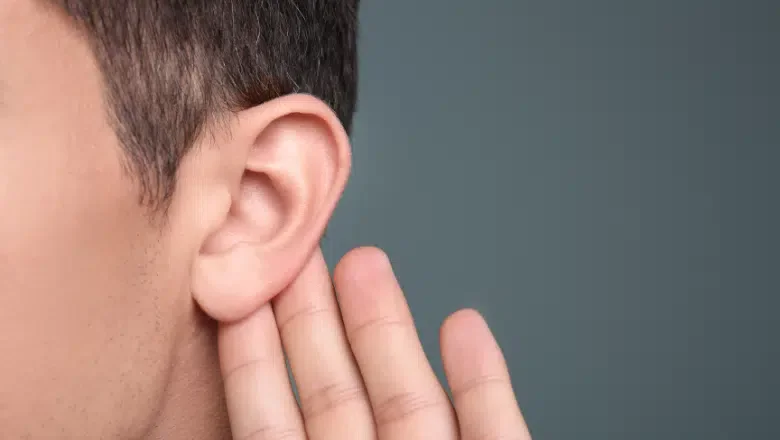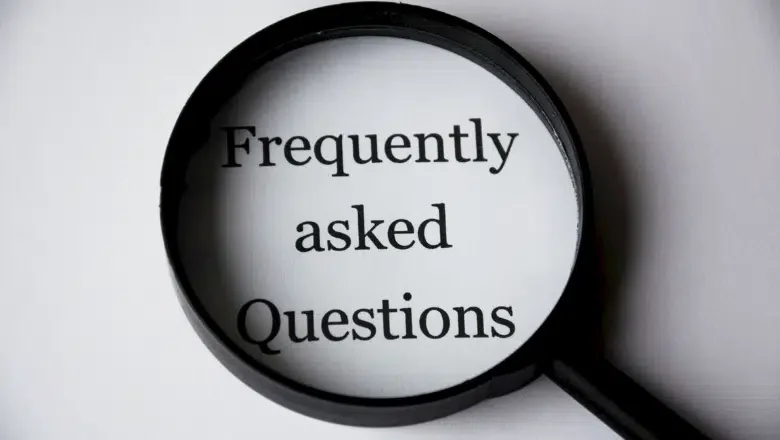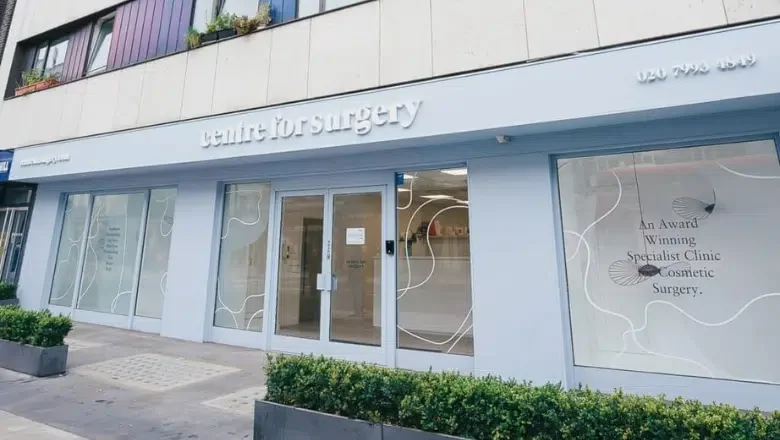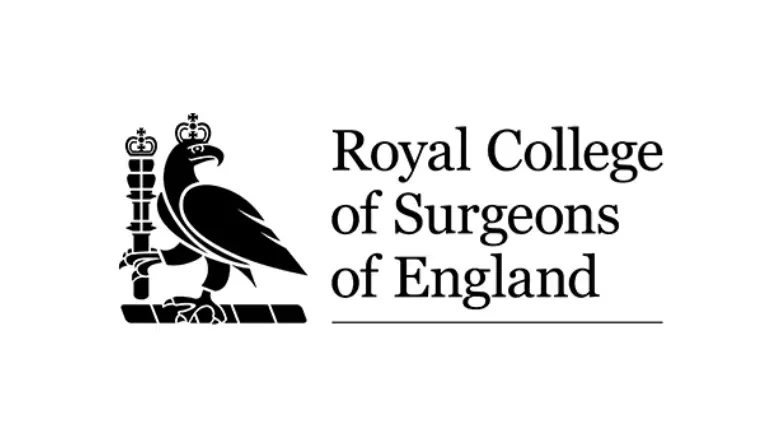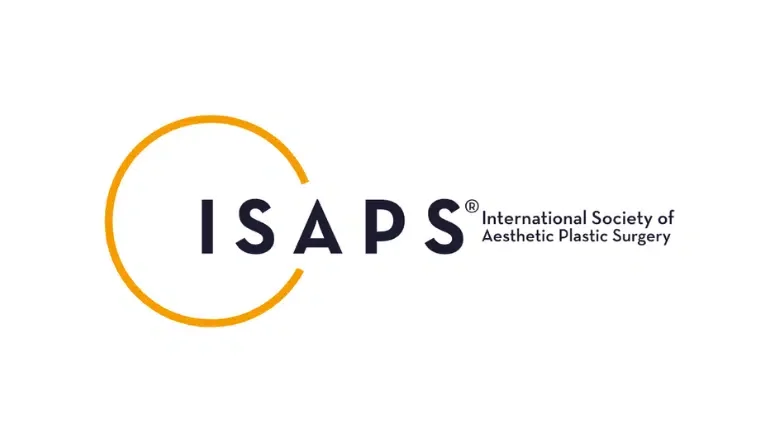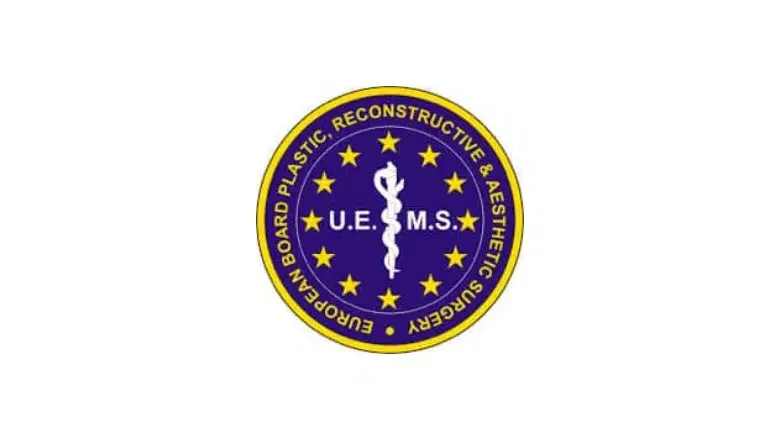Keloids are a type of raised scar that can form when the skin heals after an injury. Unlike normal scars, keloids grow beyond the boundaries of the original wound and can become significantly larger than the area of skin that was initially affected. They can form anywhere on the body but are particularly common on the ears, especially the earlobes. This article explores the causes of keloids, their appearance on the ear, available treatment options, and answers to frequently asked questions.
RELATED: Keloid Scar Treatment
What Are Keloids?
Keloids develop as a result of an overactive healing process in the skin. When the skin is injured, the body produces collagen to repair the damage. In some individuals, the body produces an excessive amount of collagen, leading to the formation of a keloid. These scars are typically smooth, firm, and raised, with a shiny surface. Keloids may appear red, pink, or darker than the surrounding skin, and they can cause discomfort, itchiness, or even pain in some cases.
While keloids can form on any part of the body, the ears are a particularly vulnerable site due to the popularity of piercings. Earlobe keloids are common and are often triggered by piercings that fail to heal properly or are subjected to repeated trauma. However, other injuries, such as cuts, burns, or surgical procedures, can also lead to keloid formation on the ear.
Causes of Keloids on the Ear
Keloids on the ear often result from:
- Piercings: This is one of the most common causes of ear keloids. Piercing the cartilage or earlobe can trigger the excessive collagen production that leads to a keloid.
- Surgical Scars: Procedures such as otoplasty or other ear surgeries can occasionally result in keloid scars.
- Trauma: Cuts, scrapes, or burns to the ear can also contribute to keloid development if the skin’s healing process becomes exaggerated.
- Genetics: Some people are more prone to developing keloids due to genetic predisposition. If you have a family history of keloids, you may be at higher risk.
How Do Earlobe Keloids Differ?
Earlobe keloids are a specific type of keloid that forms on the fleshy lower part of the ear. They tend to occur after piercings but can also form after any type of injury to the earlobe. These keloids often appear as round, smooth lumps that can grow to a considerable size. Because the earlobe is more visible, earlobe keloids can be especially distressing from a cosmetic standpoint, affecting self-esteem and confidence.
RELATED: Can I Wear Earrings after Earlobe Repair?
Symptoms and Signs of Keloids
Keloids are usually easy to recognise. On the ear, they often manifest as:
- Raised, shiny, and firm areas of skin.
- Lumps that are smooth to the touch.
- Discolouration, ranging from pink or red to a darker shade than the surrounding skin.
- Possible itching, tenderness, or pain in the affected area.
Keloids do not resolve on their own and may continue to grow over time. In some cases, they can grow large enough to cause discomfort or interfere with wearing earrings, headphones, or glasses.
Treatment Options for Ear Keloids
Although keloids are benign and not harmful to overall health, they can be challenging to treat. Fortunately, there are several treatment options available to reduce the size of keloids or improve their appearance. The best approach will depend on factors such as the size, location, and severity of the keloid, as well as individual preferences and medical history.
Steroid Injections
Steroid injections are one of the most common treatments for keloids. These injections work by reducing inflammation and slowing collagen production, which can help flatten and soften the keloid over time. A series of injections is typically required, spaced several weeks apart. While effective in reducing the size of keloids, this treatment may not eliminate them entirely.
Surgical Removal
Surgical excision involves cutting out the keloid. This method is often used for larger or more troublesome keloids. However, surgery alone has a high recurrence rate, meaning the keloid may return. To reduce the risk of recurrence, surgery is often combined with other treatments, such as corticosteroid injections or radiation therapy.
Radiotherapy
Radiotherapy is sometimes used after surgical removal to minimise the risk of the keloid returning. Low-dose radiation is applied to the affected area, targeting the cells responsible for excessive collagen production. Radiotherapy is most effective when used in conjunction with surgery. Radiotherapy is not offered at Centre for Surgery.
Cryotherapy
Cryotherapy involves freezing the keloid using liquid nitrogen. This treatment can reduce the size of smaller keloids by destroying the abnormal tissue. While effective, cryotherapy may cause changes in skin pigmentation, especially in people with darker skin tones.
Silicone Sheets or Gels
Silicone-based products are often recommended as a non-invasive treatment option. Silicone sheets or gels can be applied to the keloid to help flatten it and reduce redness. These products are most effective when used consistently over several weeks or months.
RELATED: Do Silicone Strips Help Cosmetic Surgery Scars Heal Better?
Laser Therapy
Laser treatments can improve the appearance of keloids by reducing redness and flattening the scar. However, lasers are usually combined with other therapies, such as corticosteroid injections, for the best results. Multiple sessions may be required.
RELATED: Laser Scar Removal
Pressure Earrings
For earlobe keloids, specially designed pressure earrings can be worn to flatten the scar tissue. These earrings apply gentle but consistent pressure to the keloid, which can help reduce its size over time. Pressure therapy is often used after surgery to prevent recurrence.
Preventing Ear Keloids
If you are prone to keloids or have a family history of them, it’s essential to take preventive measures:
- Avoid unnecessary ear piercings, especially in areas like the cartilage.
- Ensure any ear piercings are done in a clean and professional environment.
- Follow proper aftercare instructions for piercings to minimise infection and trauma.
- Avoid irritating or pulling on earrings, as this can exacerbate keloid formation.
Frequently Asked Questions About Ear Keloids
Are keloids dangerous?
Keloids are not dangerous or cancerous. They are a benign overgrowth of scar tissue. However, they can cause discomfort, itching, or pain and may affect appearance, which can impact self-confidence.
Can keloids go away on their own?
No, keloids do not go away on their own. They may continue to grow over time without treatment.
Are there any home remedies for keloids?
While some people try home remedies such as applying tea tree oil, aloe vera, or honey, there is limited scientific evidence to support their effectiveness. For best results, it’s recommended to consult a medical professional for appropriate treatment.
Do all piercings lead to keloids?
Not everyone develops keloids after a piercing. However, people with a family history of keloids are at higher risk. The placement of the piercing, aftercare, and individual skin type also play a role.
Can I wear earrings after developing a keloid?
If you have an earlobe keloid, wearing earrings may irritate the area and worsen the condition. Special pressure earrings designed for keloids may be recommended instead.
Can keloids return after treatment?
Yes, keloids have a high recurrence rate, especially after surgical removal. Combining treatments, such as surgery and corticosteroid injections or radiation, can help reduce the risk of recurrence.
Are there any risks associated with keloid treatments?
All treatments carry some risks. For example, corticosteroid injections can cause skin thinning, while surgery can result in infection or keloid recurrence. It’s important to discuss potential risks with your practitioner.
